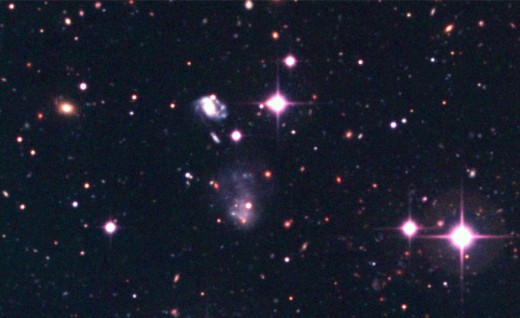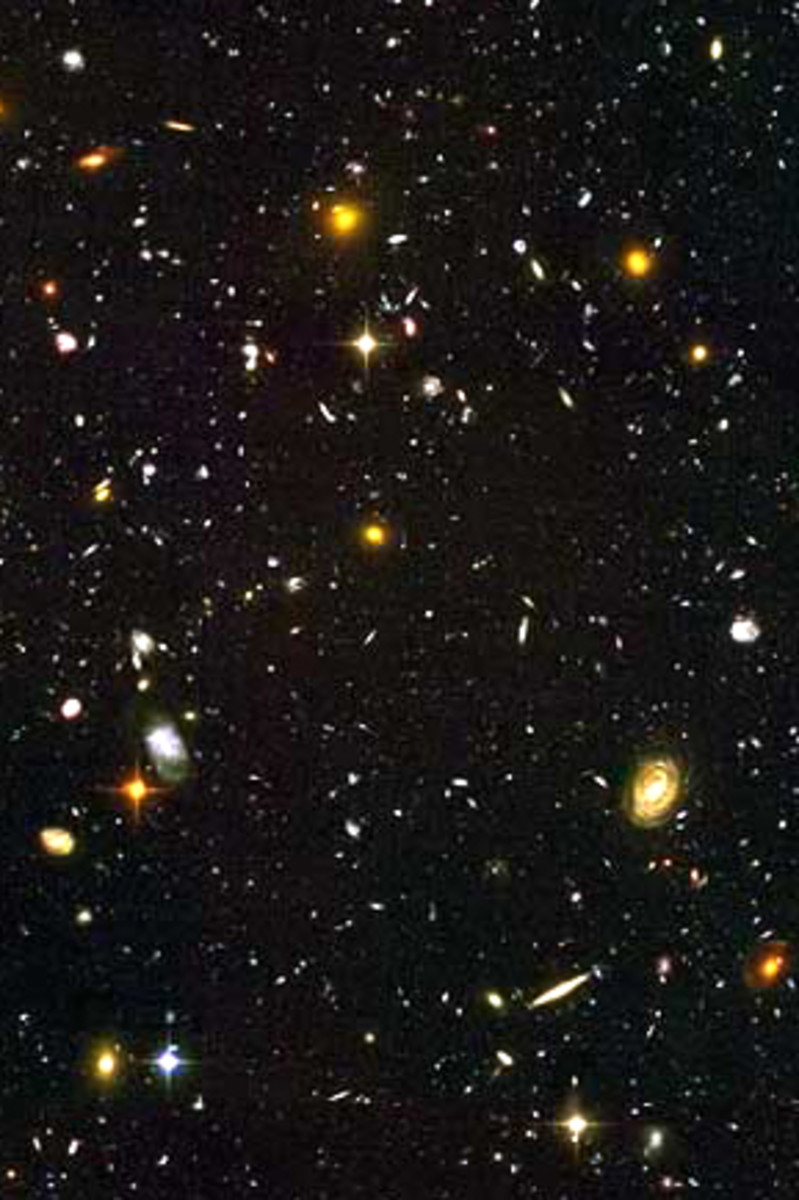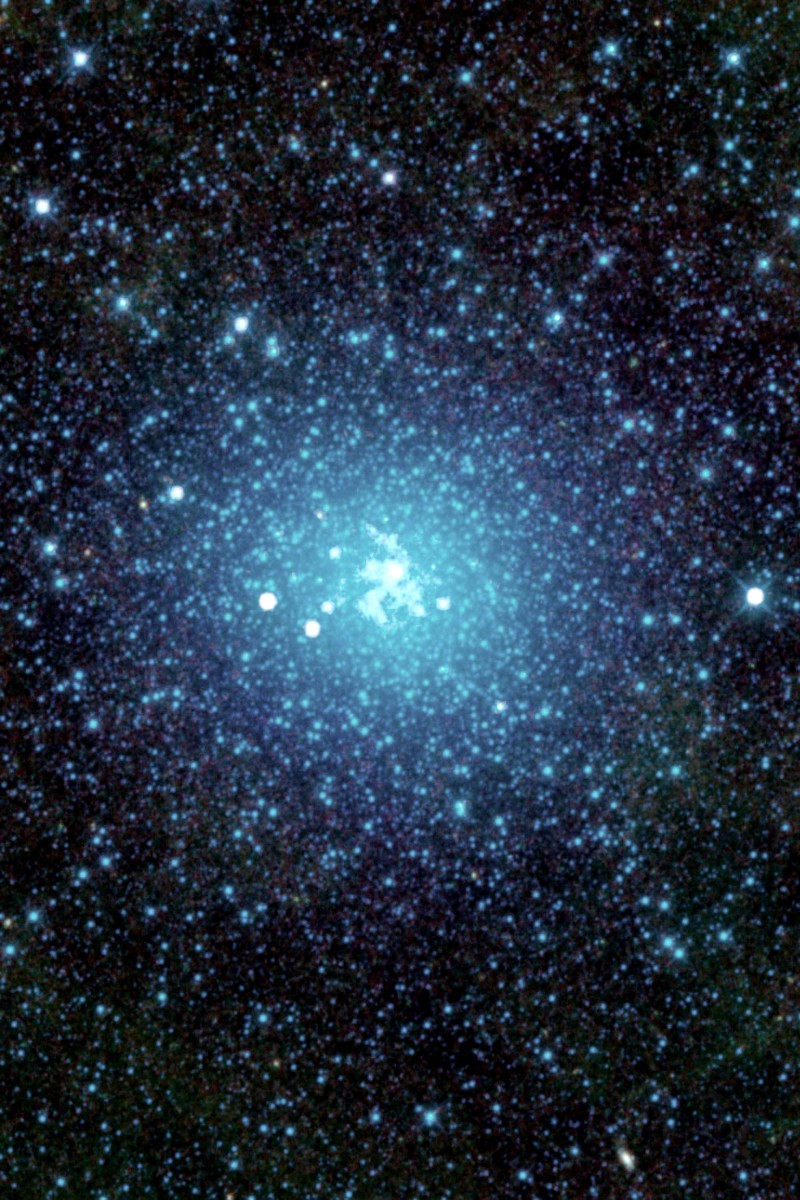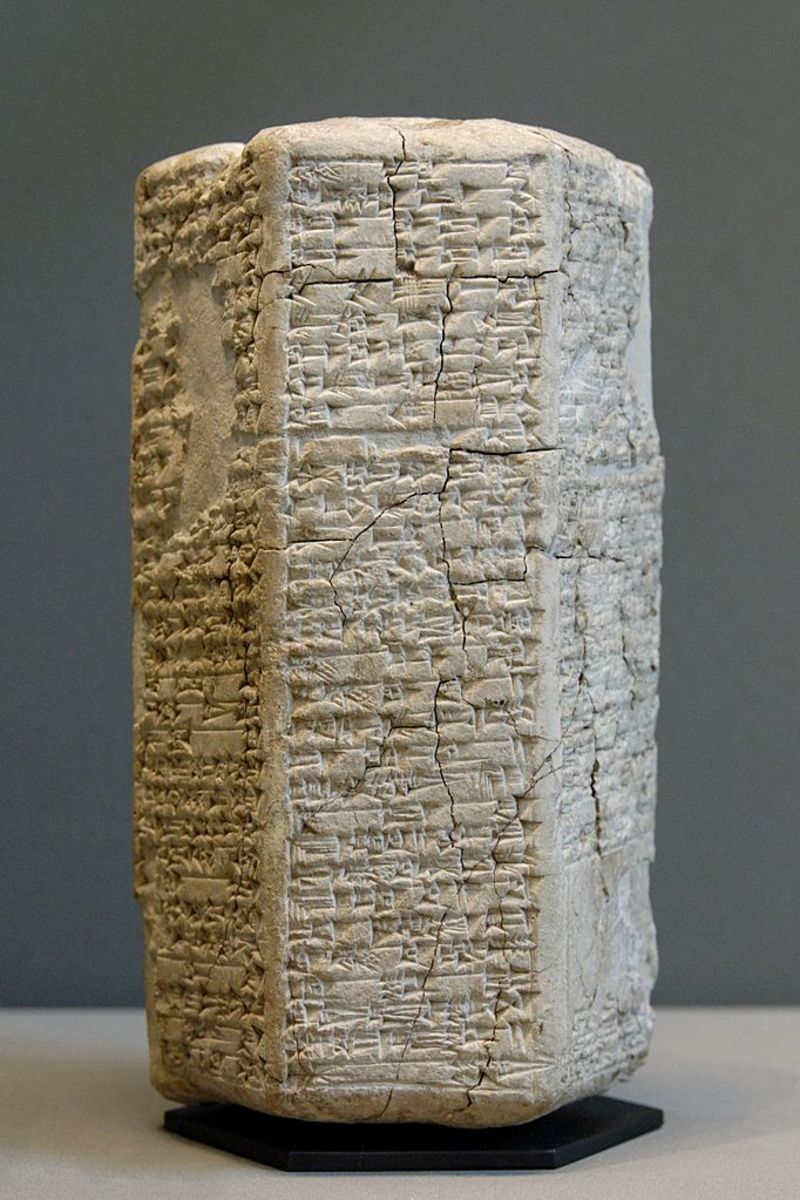Tracking Celestial Objects Using Horizon Diagrams

Science Project for High School Students
To the Egyptians, the horizon was extremely important. At the horizon, the Sun could be seen to appear and disappear daily. The flooding of the Nile was of extreme importance to the development of Egyptian civilization and agriculture. The driving force behind the development of Egyptian astronomy was to predict this occurrence with accuracy. They determined, through years of observation that the flooding of the Nile would occur when the brightest star in our sky, Sirius, rose before the Sun. The Egyptians gained an understanding of the movement of the Sun, the Moon and other celestial bodies by careful, long-term observation. In doing so, they developed the tools necessary to construct a calendar to keep track of and record yearly events, a sundial to tell time of day and ways of predicting important events such as the flooding of the Nile central to their religious and agricultural lives. In this field study, you will have an opportunity to chart the night sky over several weeks, just like the Egyptians.
How to Compile Your Field Data for Tracking Celestial Bodies at the Horizon
- Find a place with an unobstructed view of the western sky, but with some landmarks (telephone poles, tall buildings, distinctive tree line, barn) on the horizon. The place should be safe to visit during sunset/early evening.
- Sketch or photograph the horizon (make note of what you see in the night sky - stars, planets Moon, constellations, etc.), with the landmarks.
- You should be monitoring the evening sky, looking for the Moon and all other celestial bodies you can see with the naked eye.
- You are being a field scientist when you do this!
- You may want to make several copies of this illustration, and mark the exact place where you stood.
- Use a compass to note where due East is.
- Watch the Moon every day (when the evening is clear) for several weeks from that spot.
- Each time, draw the Moon on your horizon diagram, making careful note of the Moon's location compared to the landmarks.
- You may use the same diagram each day or use a new diagram for each day of observation to make an animated flip chart.
- Numerical measurements will also be made each day, using the fact that a fist held out at arm's length is about 10 degrees across.
- You can measure how far (in degrees) the Moon is from a variety of landmarks, and make a more accurate drawing.
- Make sure to stand on the exact same spot each day.
Written Discussion for Horizon Diagram Tracking Celestial Objects
After several weeks, when your assignment is complete, reflect on your results. Think about the following and write a 2 page, double-spaced discussion on the following questions, and other thoughts you have:
- Notice how the Moon moves over the weeks. What direction does it move?
- How many degrees does it move each day? week?
- Does the Moon speed up or slow down?
- Does it ever stop moving?
- How many degrees does the Moon travel before it "turns around"?
- Is there anything special about the day the Moon turns around?
- Is there anything special about the day that the Moon travels the fastest?
- What happens to the other bodies in the sky?
- What conclusions can I draw from the information I gathered during my several week horizon field study?
Create Your Own "Stonehenge" Sun or Moon Observatory
As an addition to your project, think about adding the following:
If you have the use of a field or similar open space, you many want to create a "circle" of stones or flags indicating where the Sun rises on certain days. You can make your own Stonehenge! You could, instead, create your own Stonehenge that follows the movement of the Moon. Research the ancient megalith on the internet to see what the ancients did with stone placement as a guide for building your own. Take pictures at various times of the day for a Sun observatory or in the evening for a Moon observatory.
Material to be Evaluated for Horizon Diagram Tracking Celestial Objects
Hand-in all of your horizon diagram drawings with your written assignment. The following table outlines the marking rubric which will be used to grade your assignment. You may complete the field research with a partner (share the data) or work on your own. However, you must turn in your own discussion report. This is a long-term assignment of several weeks. Hand-in the page below with your assignment.
Marking Rubric for Horizon Assignment
Criteria
| Level 4 (A+ to A)
| Level 3 (B)
| Level 2 (C)
| Level 1 (D to failure)
|
|---|---|---|---|---|
Knowlege/Communication
| ||||
Knowledge of night sky, discussed and relected upon in detail.
| Demonstrates thorough understanding of components of the asignment, communicated with a high degree of clarity and precision (all necessary components have been included)
| Demonstrates considerable understanding of the components of the assignment, communicated with a high degree of clarity and precision (all necessary components have been included)
| Demonstrates some understanding of components of the asignment, communicated with some degree of clarity and precision (most components have been included)
| Demonstrates limited understanding of components of the assignment communicated with a limited degree of clarity and precision (some of the necessary components have been included)
|
Application
| ||||
Applies knowlege of field research to diagrams.
| Thoroughly applies knowledge of field researcch to diagrams.
| Applies considerable knowledge of field research to diagrams.
| Applies limited knowledge of field research to diagrams.
| Applies minimal knowledge of field research to diagrams.
|
Works Cited
Shuttleworth, Martyn. Experiment Resources.com. Egyptian Astronomy. 2010
Astronomy Kids.com. They Believed Stars were Gods...Ancient Egyptian Astronomy. 2010
Welser-Sherill, Leslie. StarTeach Astronomy Education. Ancient Egyptian Astronomy, 2007
W









